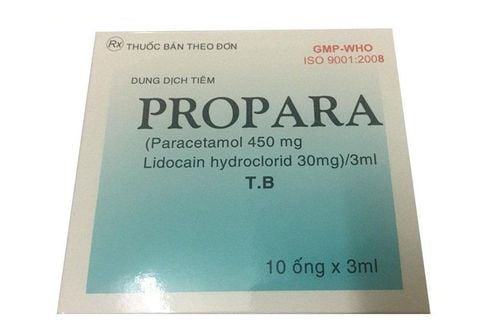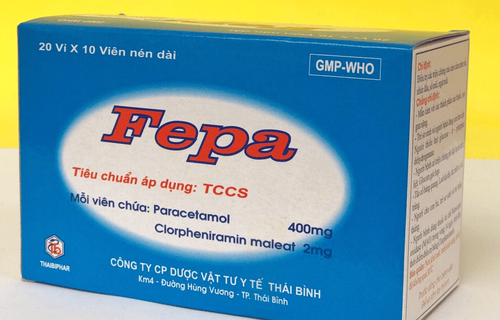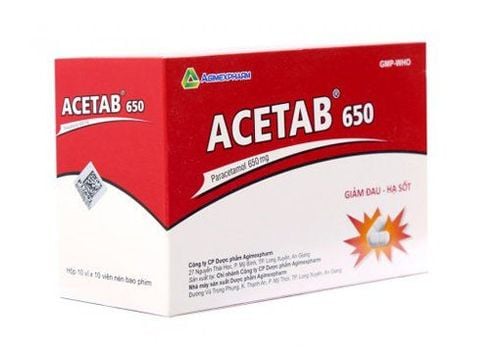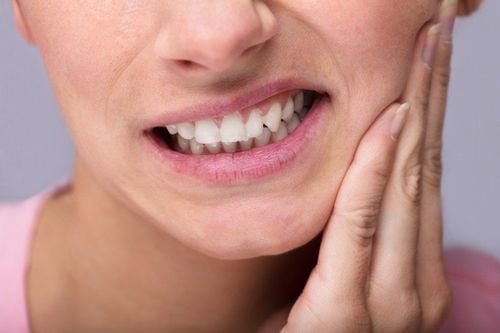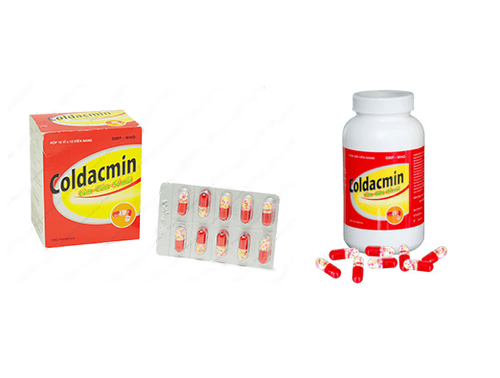This is an automatically translated article.
Befadol is a medicine that has the ability to quickly relieve the symptoms of fever, aches and discomfort. In the article below, let's learn some information about drugs to use correctly in each specific case.1. What is Befadol?
Befadol is produced by Meyer Joint Venture Company - BPC, currently being circulated in Vietnam. The main ingredient of the drug is Acetaminophen 500 mg, accompanied by sufficient active ingredients and excipients.
With the ability to act on the enzyme COX 3, a COX recently discovered in the brain and spinal cord, the drug has the ability to relieve mild to moderate pain thanks to its antipyretic (reduces prostaglandin levels) hypothalamus) and pain relief.
When compared with NSAIDs (aspirin, ibuprofen and naproxen), Befadol does not cause stomach and intestinal ulcers. However, Befadol will not be able to reduce swelling (inflammation) like NSAIDs.
2. What are the effects of Befadol?
Befadol is indicated for use to relieve pain for people with fever, aches and pains in cases such as headache, earache, toothache, aches and pains due to colds and flu.
On the other hand, Befadol is contraindicated in the following cases:
Patients with anemia or diseases related to the heart, lungs, kidneys or liver. Alcoholics often use alcohol and other stimulant drinks. Hypersensitivity to the active ingredient paracetamol. People with glucose 6 phosphate dehydrogenase deficiency should also not take the drug.
3. How to use and dose of Befadol
Befadol is a drug that is taken orally with the following reference doses:
Adults and children over 12 years old: Use the drug at a dose of 500 - 1000 mg every 4-6 hours when needed, but not more than 4g/day. Children from 6 to 12 years: Use the drug at a dose of 250 - 500 mg every 4-6 hours as needed, up to 4 times / day. However, you should note that you should not arbitrarily use Befadol for pain relief for more than 10 days for adults and 5 days for children. If the drug is used for the purpose of reducing fever, absolutely do not arbitrarily use it to reduce fever in cases where the patient has a high fever above 39.5oC, the fever lasts more than 3 days or the fever recurs.
4. Side effects
During the use of Befadol, some common side effects include:
Erythema or urticaria, drug fever and mucosal damage. Nausea, vomiting, hematopoietic disorders such as neutropenia, pancytopenia, leukopenia causing anemia. Kidney disease, causing nephrotoxicity when the drug is abused for a long time. An overdose of the drug will cause signs such as nausea, vomiting, loss of appetite, paleness, abdominal pain. In the case of high doses over 10 g in adults and over 150 mg/kg in children can cause hepatocellular destruction, from which the liver will be completely necrotic and irreversible. Patients may experience encephalopathy leading to coma or death.
Therefore, when taking an overdose, the patient should be immediately transferred to the hospital to perform gastric lavage to eliminate the drug taken. Patients may also be given an oral or intravenous antidote to N-acetylcysteine.
5. Drug interactions
Befadol drug has the ability to interact with some of the following drugs and foods:
When used with anticonvulsants (Phenytoin, Barbiturates, Carbamazepine), Isoniazid will cause hepatotoxicity of Befadol. Concomitant use with drugs or caffeinated beverages such as tea, coffee and some canned beverages will increase the half-life of caffeine. Above is some basic information about Befadol that you can refer to. It is necessary to use the right medicine, in the right dose, to bring the best treatment effect, to limit the risk of possible complications.
Please dial HOTLINE for more information or register for an appointment HERE. Download MyVinmec app to make appointments faster and to manage your bookings easily.




